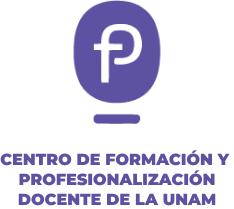
FICHA
DEL ARTÍCULO
CEIDE

TÍTULO DE LA PUBLICACIÓN
Predicting students’ academic progress and related attributes in first-year medical students: an analysis with artificial neural networks and Naïve Bayes
Enero 2024
DOI
https://doi.org/10.1186/s12909-023-04918-6
AUTORES
Diego Monteverde-Suárez, Patricia González-Flores, Roberto Santos-Solórzano, Manuel García-Minjares, Irma Zavala-Sierra, Verónica Luna de la Luz & Melchor Sánchez-Mendiola
PALABRAS CLAVE
Educational data mining; Student academic progress; Prediction; Medical education; Artificial neural networks; Naïve Bayes
RESUMEN
Abstract
Dropout and poor academic performance are persistent problems in medical schools in emerging economies. Identifying at-risk students early and knowing the factors that contribute to their success would be useful for designing educational interventions. Educational Data Mining (EDM) methods can identify students at risk of poor academic progress and dropping out. The main goal of this study was to use machine learning models, Artificial Neural Networks (ANN) and Naïve Bayes (NB), to identify first year medical students that succeed academically, using sociodemographic data and academic history.
ANNs models had slightly better performance in accuracy, sensitivity, and specificity. Both models had better sensitivity when classifying regular students and better specificity when classifying irregular students. Of the 25 variables with highest predictive value in the Naïve Bayes model, percentage of correct answers in the diagnostic exam was the best variable.
Both ANN and Naïve Bayes methods can be useful for predicting medical students’ academic achievement in an undergraduate program, based on information of their prior knowledge and socio-demographic factors. Although ANN offered slightly superior results, Naïve Bayes made it possible to obtain an in-depth analysis of how the different variables influenced the model. The use of educational data mining techniques and machine learning classification techniques have potential in medical education.


